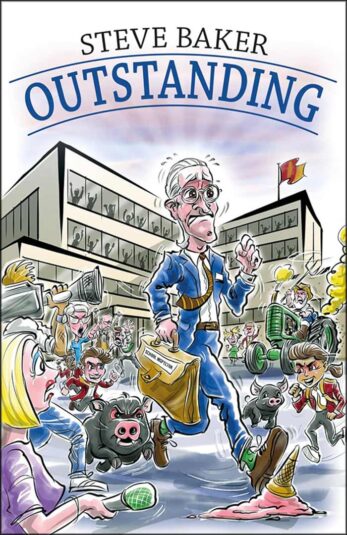Publisher
Crown House
ISBN 10
Explanations are our stock in trade and we tend to think we are pretty good at them.
Just a few pages into Andy Tharby’s How To Explain Absolutely Anything To Absolutely Anyone, however, it quickly becomes clear that there is more to it than you may have imagined. And if you’ve ever thought you’ve had everything covered after a careful explanation of a tricky concept, only to be greeted by a chorus of, “Miss, I don’t get it!” then maybe – like me – you are already looking for a helping hand.
An English teacher, Tharby is the co-author of the award-winning Making Every Lesson Count and anyone who has read that book will know his evidence-informed approach.
Mixing a wealth of experience and empirical evidence, How To Explain Absolutely Anything To Absolutely Anyone not only serves as food for thought about the science behind successful explanation, but also offers practical advice and guidance about classroom practice.
It is divided into seven key principles, each of which has its own chapter. These include concepts such as using our pre-wired ability to learn from storytelling and explanation design, which Tharby suggests should largely be built around the idea that “slow but steady wins the race”. Backed up with relevant scholarly research, of course.
He gives practical strategies to avoid death by subject knowledge overload
Delving into the first chapter, I found myself nodding along in recognition with a lament that students’ subject knowledge has been reduced to such a point that it is now indistinguishable from the exam. Tharby’s sound advice is that each teacher must answer two questions: what is the value of the subject I teach? And how can I help my students appreciate and value that subject? He then gives practical prompts and strategies to not only fill students with enthusiasm, but also to avoid death by subject knowledge overload.
This struck home as I am very familiar with the groans of despair that can often greet an introduction to Macbeth: “But, Miss, why do we have to study it anyway? When will I ever need this in my life?” New thinking and strategies about how to explain Shakespearean language and the bard’s relevance today are always welcome.
The exploration of examples in the concepts, examples and misconceptions chapter also struck a chord. We all use examples in our teaching every day, but Tharby’s examination of just how we present them and how we expect students to respond to them has definitely had an impact on me.
He welcomes the shift away from child-centred learning to teacher instruction, saying: “It is essential that teachers feel confident enough to stand up at the front and teach such world-changing content [as Einstein or Shakespeare] without the accusation of being didactic or overly dominating.” Student exploration should happen, he says, “towards the end of a sequence of learning, not at the beginning. In most cases, teachers should first provide answers and then open the space for interrogation.”
This book is easy to read and incudes a balanced mix of anecdote, research and persuasion. Having read it all over a few nights, I found that not only did it make me examine my own explanation practice but, while planning, I have already returned to earmarked pages for simple techniques and clear guidance.













Your thoughts